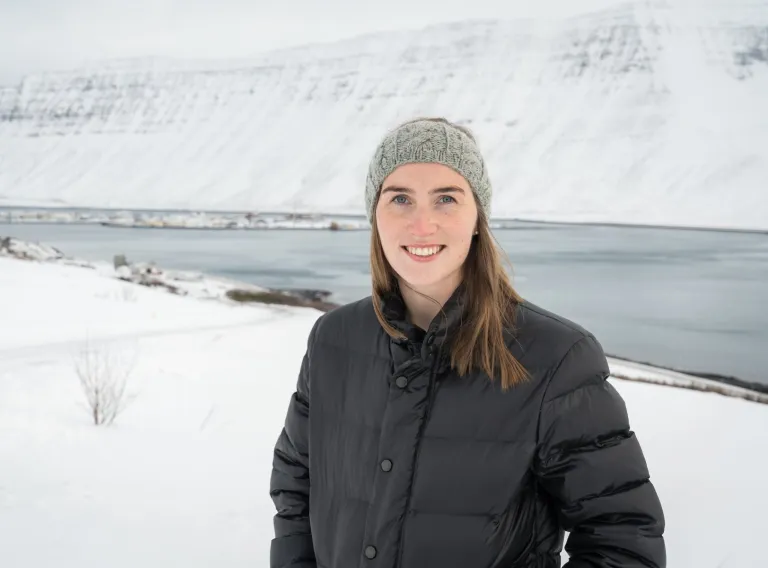
Sólveig Guðmunda Guðmundsdóttir, MS from the Faculty of Pharmaceutical Sciences
In recent years and decades, attention has turned to making better use of marine resources, both from the perspective of sustainability and with a view to investigating resources that have not been used before, but could have a positive impact on human health. One example is krill, which is a tiny crustacean that lives near the surface of the sea, in both the Northern and Southern hemispheres.
"The Antarctic krill, which is caught near Antarctica, has been used for many years, but the krill in the Northern hemisphere are a rather underutilized and little researched resource. Although there is a wealth of krill products on the market, as far as I know there is no product made from Icelandic krill," says Sólveig Guðmunda Guðmundsdóttir, whose final thesis in pharmacy focused on developing methods to isolate and analyse bioactive compounds from krill around Iceland. "The goal was to develop a cost-effective method to maximise efficiency in processing the compounds and at the same time analyse the main compound groups in the krill, such as fatty acids and antioxidants, and measure the volume of krill oil that was formed."



